Demand Response in Virtual Power Plants: Balancing Energy Supply and Demand
In today’s energy landscape, flexibility is just as important as generation. As renewable energy adoption grows, balancing supply and demand has become a major challenge. Demand Response (DR), when integrated into Virtual Power Plants (VPPs), offers a powerful solution to achieve this balance. By intelligently shifting or reducing electricity usage during peak hours, demand response ensures a more resilient, affordable, and sustainable energy system.
What Is Demand Response?
Demand Response is an energy management strategy where consumers adjust their electricity usage in response to grid conditions, price signals, or incentives. Instead of relying solely on power plants to ramp up supply, DR helps reduce stress on the grid by adjusting demand.
When this capability is connected to a Virtual Power Plant, thousands of distributed assets — from smart appliances to EV chargers — can collectively act as a flexible energy resource.
How Demand Response Works in Virtual Power Plants
- Real-Time Monitoring: Smart meters and IoT devices track consumption patterns.
- Automated Control: Appliances, batteries, and HVAC systems adjust based on grid signals.
- Aggregated Flexibility: Small changes across households and businesses add up to major load reductions.
- Bidirectional Benefits: Consumers earn incentives, while grid operators reduce stress on infrastructure.
Benefits of Demand Response in VPPs
- Grid Stability – Reduces blackouts and stabilizes renewable variability.
- Cost Savings – Consumers and businesses lower bills by shifting use to off-peak hours.
- Decarbonization – Maximizes the integration of renewable energy by reducing reliance on fossil-fuel backup plants.
- Resilience – Communities gain more reliable access to electricity during extreme demand peaks.
Real-World Applications
- United States: California’s Flex Alert program rewards consumers for reducing usage during peak times, and when tied into VPPs, it supports grid resilience during heatwaves.
- Europe: Germany and the UK are experimenting with large-scale DR programs integrated into VPP platforms to balance wind and solar fluctuations.
- Asia: Japan’s utilities use DR to manage peak demand from air conditioning loads in summer while leveraging VPP networks.
Demand Response + Smart Grids + Storage
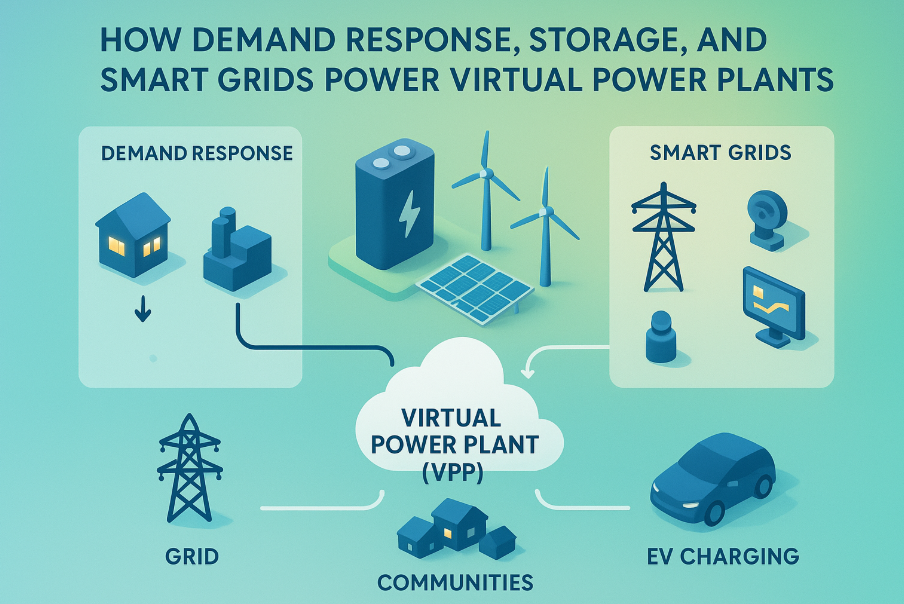
Demand Response becomes even more effective when combined with:
- Smart Grids, which provide the intelligence to coordinate energy flows.
- Battery Storage, which captures excess energy and releases it during peak demand.
- Renewables, ensuring cleaner, more sustainable demand-shifting solutions.
Conclusion
Demand Response is the hidden power of Virtual Power Plants. By engaging consumers and leveraging automation, it transforms passive energy users into active participants in grid management. The result is a system that is smarter, cleaner, and more resilient for everyone.



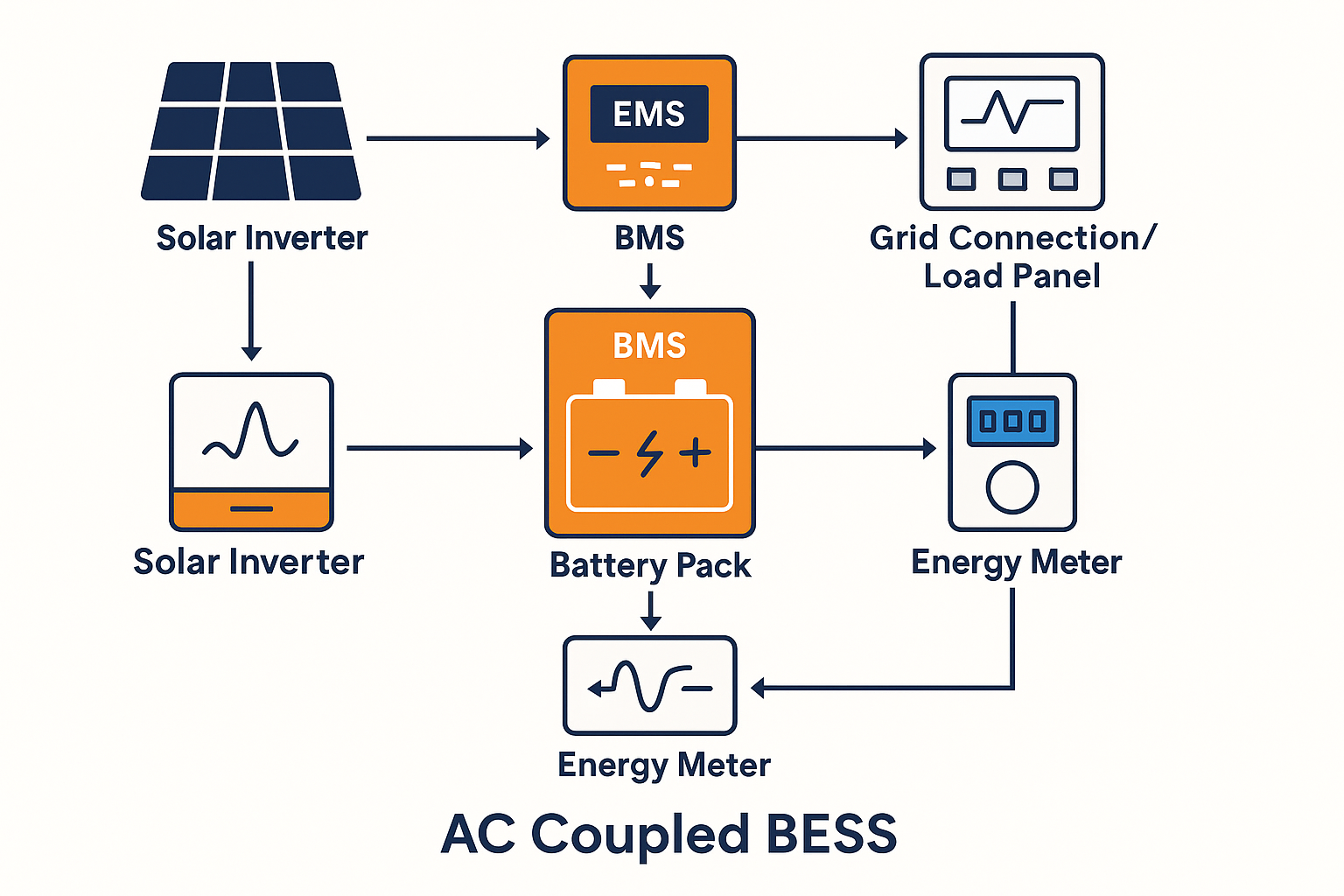
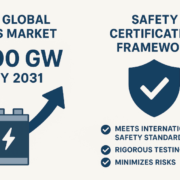
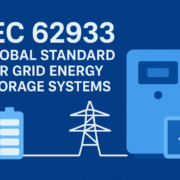
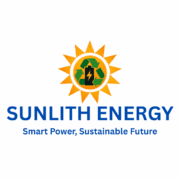
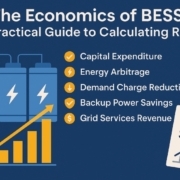

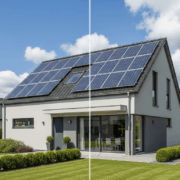
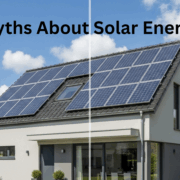


Trackbacks & Pingbacks
[…] Enhanced Demand ResponseWith smart grids, utilities can adjust demand by sending signals to consumers’ smart devices, encouraging them to shift usage during peak times. This demand-side flexibility is a cornerstone of VPP operations. […]
Leave a Reply
Want to join the discussion?Feel free to contribute!